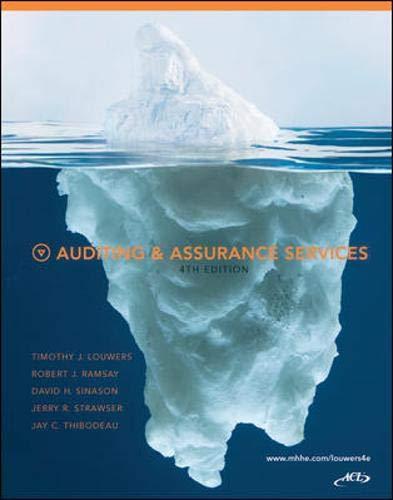CHAPTER 5 Gross Income: Ex 17. LO.2 Andrea entered into a $ 529 qualified tuition program for the benefit of her daughter, Joanna. Andrea contributed $15,000 to the fund. The fund balance had accumulated to $25,000 by the time Joanna was ready to enter college. How- ever, Joanna received a scholarship that paid for her tuition, fees, books, supplies, and room and board. Therefore, Andrea withdrew the funds from the 529 plan and bought Joanna a new car a. What are the tax consequences to Andrea of withdrawing the funds? b. Assume instead that Joanna's scholarship did not cover her room and board, which cost $7,500 per academic year. During the current year, $7,500 of the fund balance was used to pay for Joanna's room and board. The remaining amount was left in the S 529 plan to cover her room and board for future aca- demic years. What are the tax consequences to Andrea and to Joanna of using the $7,500 to pay for the room and board? 13 (.as O 2,5 Eagle Life Insurance Company pays its employees $ 30 per mie i burses their personal automobiles to and from work. The company reim each employee who rides the bus $100 a month for the cost of a pass. Tom collected $100 for his automobile mileage, and Mason received $100 as reimbursement for the cost of a bus pass. What are the effects of the above on Tom's and Mason's gross income? A a. b. sume that Tom and Mason are in the 24% marginal tax bracket and the actual before-tax cost for Tom to drive to and from work is $.30 per mile. What are Tom's and Mason's after-tax costs of commuting to and from work? 3. LO.2 Dolly is a college student who works as a part-time server in a restaurant. Her usual tip is 20% of the price of the meal. A customer ordered a piece of pie and said that he would appreciate prompt service. Dolly abided with the customers request. The customer's bill was $8, but the customer left a $100 bill on the table and did not ask for a receipt. Dolly gave the cashier $8 and pocketed the $100 bill Dolly concludes that the customer thought that he had left a $10 bill, although the customer did not return to correct the apparent mistake. The customer had com- mented about how much he appreciated Dolly's prompt service. Dolly thinks that a $2 tip would be sufficient and that the other $98 is like "found money" How much should Dolly include in her gross income? IRA reduce his taxable income? Explain. 3. LO.1 Classify ea ch of the following expenditures paid in 2018 as a deduction for AGI, a deduction from AGI, or not deductible Roberto gives cash to his father as a birthday gift. b. a. Sandra gives cash to her church. Albert pays Dr. Dafashy for medical services rendered. d. c. Mia pays alimony to Bill. o is self-employed, contributes to his pension plan. f. Bonita pays expenses associated with her rental property g. Lu, wh o operates a sole proprietorship, takes a client to dinner to discuss new business. 10. LO.2 What is the "actually paid" requirement for the deduction of an expense bya cash basis taxpayer? Does actual payment ensure a deduction? Explain. 11. LO.2 Aubry, a cash basis and calendar year taxpayer, decides to reduce his taxable income for 2018 by buying $65,000 worth of supplies for his business on December 27, 2018. The supplies will be used up in 2019. a. Ca n Aubry deduct the expenditure for 20182 E Would your answer in part (a) change if Aubry bought the supplies because the seller was going out of business and offered a large discount on the price? Explain. xplain. b











